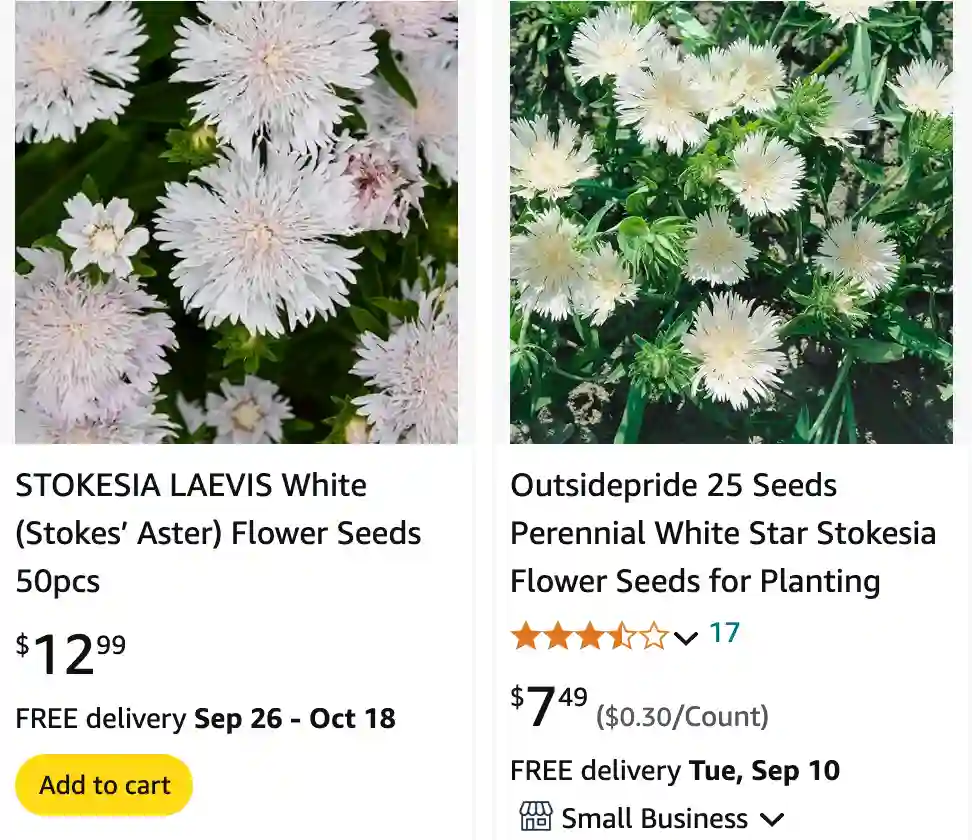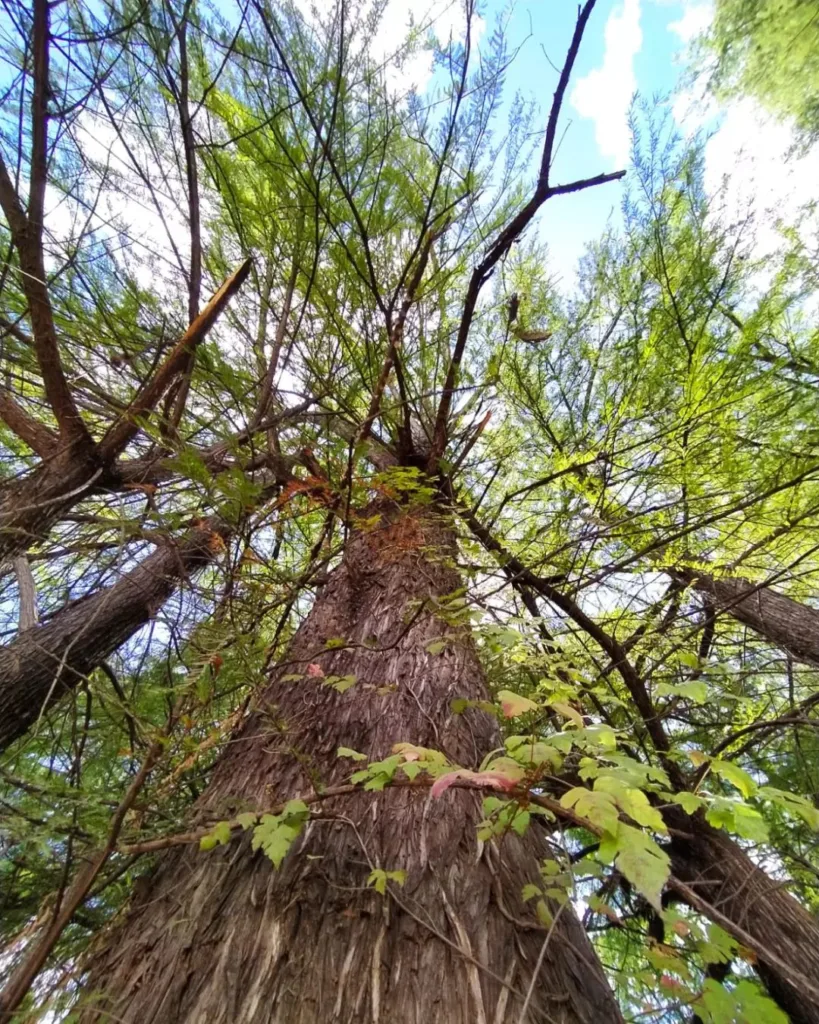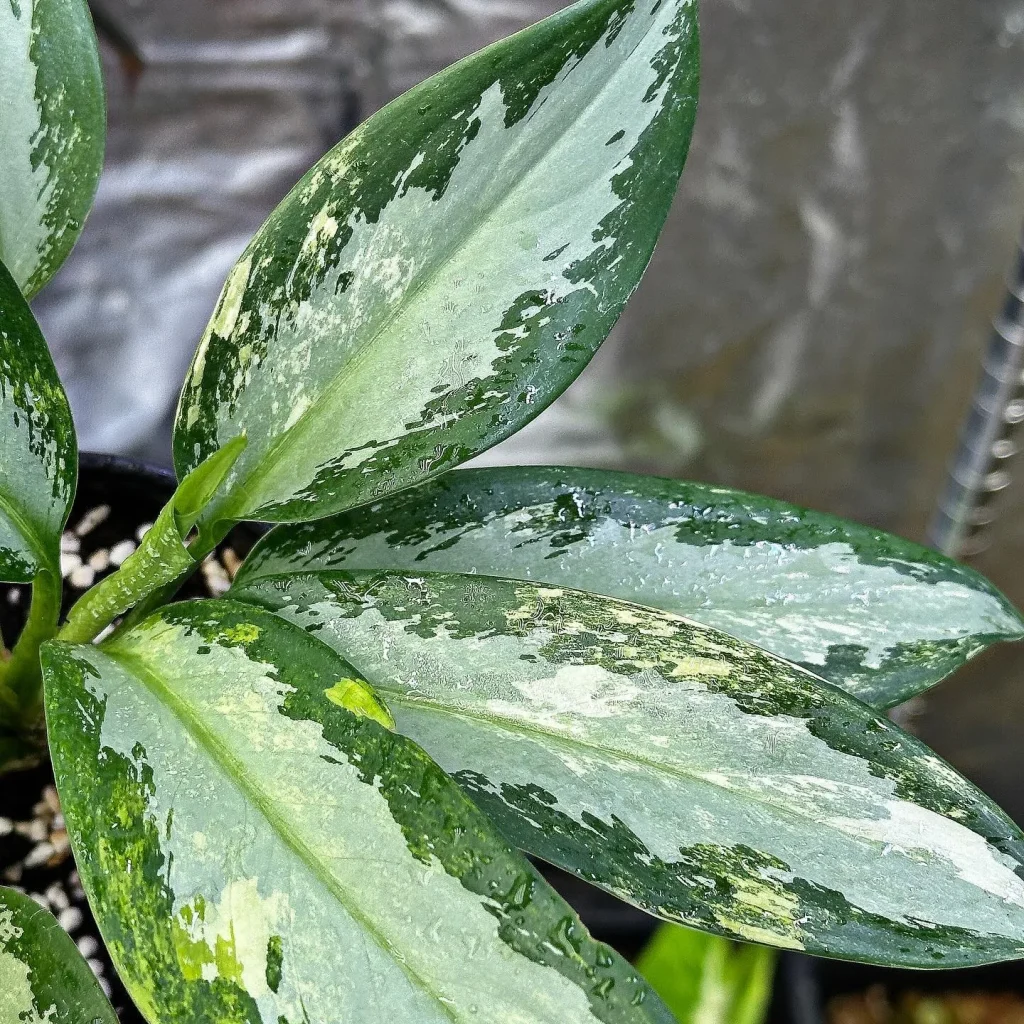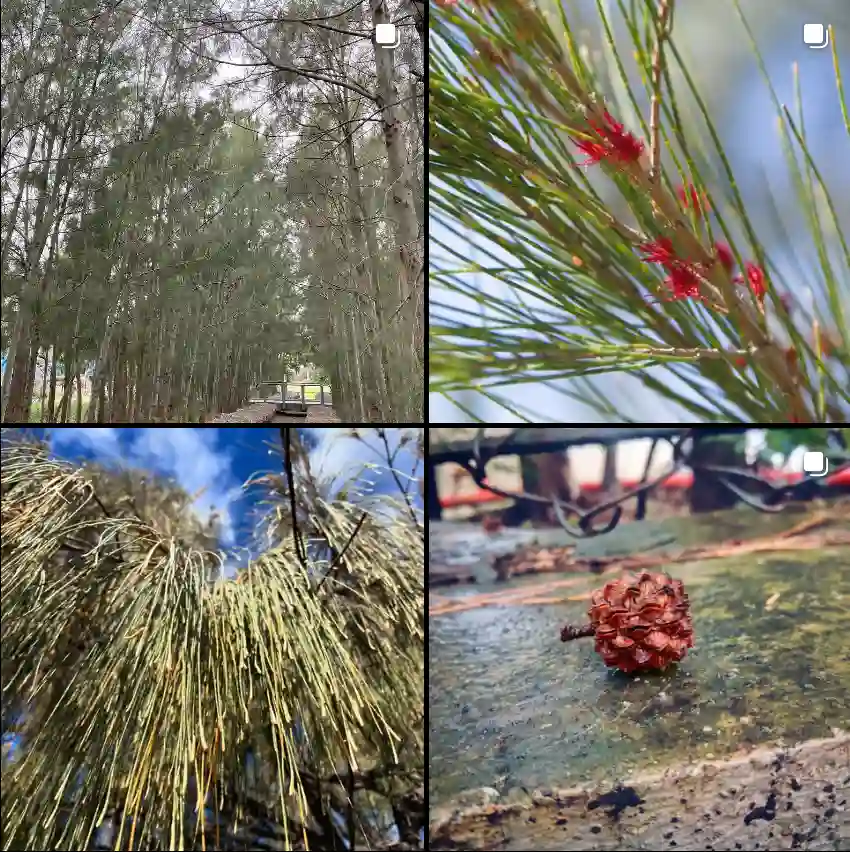
June 16 – Stokesia
"Stokesia, the stoke’s aster, represents June 16."
Stokesia symbolizes elegance and resilience. You are graceful yet tough, shining brightly even in difficult times. Like this flower, you captivate with your beauty and strength.
My Love Affair with Stokesia
I, Ferb Vu, have always been drawn to the vibrant hues and diverse forms of the plant world. Among the myriad of genera that have captivated my attention, Stokesia from the Asteraceae family holds a special place in my heart. This North American native, with its solitary species, Stokesia laevis, has charmed me with its resilience, beauty, and adaptability.
What Is Stokesia Laevis?
Stokesia Laevis, commonly known as the Blue Stokes Aster, is a perennial flowering plant renowned for its striking blue flowers and long blooming season. Native to the southeastern United States, this hardy plant is a favorite among gardeners for its vibrant color and resilience. The Blue Stokes Aster typically grows to about 12 to 18 inches tall and spreads up to 24 inches wide. Its daisy-like blooms make it an attractive addition to any garden.
How to Care for Stokesia Laevis?
Caring for Stokesia Laevis is relatively straightforward, making it an excellent choice for both novice and experienced gardeners. Here are some key care tips:
- Sunlight: Stokesia Laevis thrives in full sun to partial shade. Ideally, it should receive at least 6 hours of sunlight each day. In hotter climates, some afternoon shade can help protect it from intense heat.
- Soil: This plant prefers well-draining soil with a pH ranging from slightly acidic to neutral. If your garden soil is heavy or clayey, consider amending it with organic matter to improve drainage.
- Watering: While Stokesia Laevis is drought-tolerant once established, it benefits from regular watering during dry spells. Water the plant deeply and allow the soil to dry out between waterings. Overwatering can lead to root rot, so ensure the soil isn’t consistently soggy.
- Fertilizing: Fertilize Stokesia Laevis in early spring with a balanced, all-purpose fertilizer. This will support its growth and flowering throughout the growing season. Avoid excessive fertilization, which can lead to lush foliage but fewer blooms.
- Pruning: Deadheading spent blooms will encourage more flowering and prevent the plant from self-seeding excessively. In late fall or early spring, cut back the plant to the ground to remove any dead or damaged foliage.
How to Propagate Stokesia Laevis?
Propagating Stokesia Laevis can be done through seeds or division:
- Seeds: Start seeds indoors about 6 to 8 weeks before the last frost date. Sow the seeds on the surface of the soil and lightly press them in. Keep them in a warm, sunny location and maintain consistent moisture. Transplant seedlings outdoors once they are large enough to handle and after all danger of frost has passed.
- Division: Divide established plants in early spring or fall. Gently lift the plant and separate the roots into smaller sections, ensuring each section has healthy roots and shoots. Replant immediately in well-prepared soil.
What to Plant With Stokesia Laevis?
Stokesia Laevis pairs well with various companion plants, enhancing the beauty of your garden. Consider planting it alongside:
- Coneflowers (Echinacea): Their similar growing conditions and complementary colors make a great combination.
- Black-eyed Susans (Rudbeckia): Their golden blooms contrast beautifully with the blue of Stokesia Laevis.
- Coreopsis: Their bright, sunny flowers add vibrancy to the garden alongside the Blue Stokes Aster.
Can You Grow Stokesia Laevis Indoors?
Stokesia Laevis is primarily an outdoor plant and does not perform well indoors. It requires ample sunlight and space to flourish, which is challenging to provide in an indoor environment. For indoor spaces, consider growing other plants better suited to indoor conditions.
Is Stokesia Laevis Toxic?
No, Stokesia Laevis is not toxic to humans or pets. Its non-toxic nature makes it a safe choice for gardens frequented by children and animals.
Benefits of Stokesia Laevis
- Low Maintenance: This plant requires minimal care, making it ideal for busy gardeners.
- Long Bloom Period: Stokesia Laevis blooms from mid-summer to fall, providing extended color in the garden.
- Attractive Foliage: Its gray-green leaves add texture and interest even when not in bloom.
Common Problems with Stokesia Laevis
- Powdery Mildew: This fungal disease can affect Stokesia Laevis, especially in humid conditions. Ensure good air circulation around the plant and avoid overhead watering.
- Root Rot: Overwatering can lead to root rot. Always plant in well-draining soil and avoid excessive moisture.
Comparing Stokesia Laevis with Similar Plants
Stokesia Laevis is sometimes confused with other asters. For instance:
- Aster Novae-angliae (New England Aster): While both have similar daisy-like flowers, New England Asters tend to be taller and have a different flowering season.
- Aster Dumosus (Bush Aster): This plant is generally shorter and bushier, with smaller blooms compared to Stokesia Laevis.
For me, gardening is more than just a hobby; it’s a way to connect with nature and cultivate a sense of peace. Stokesia, with its resilience and beauty, embodies this connection. It reminds me that even in the face of adversity, life finds a way to bloom.
If i die, water my plants!



